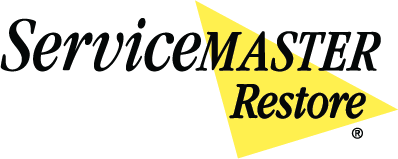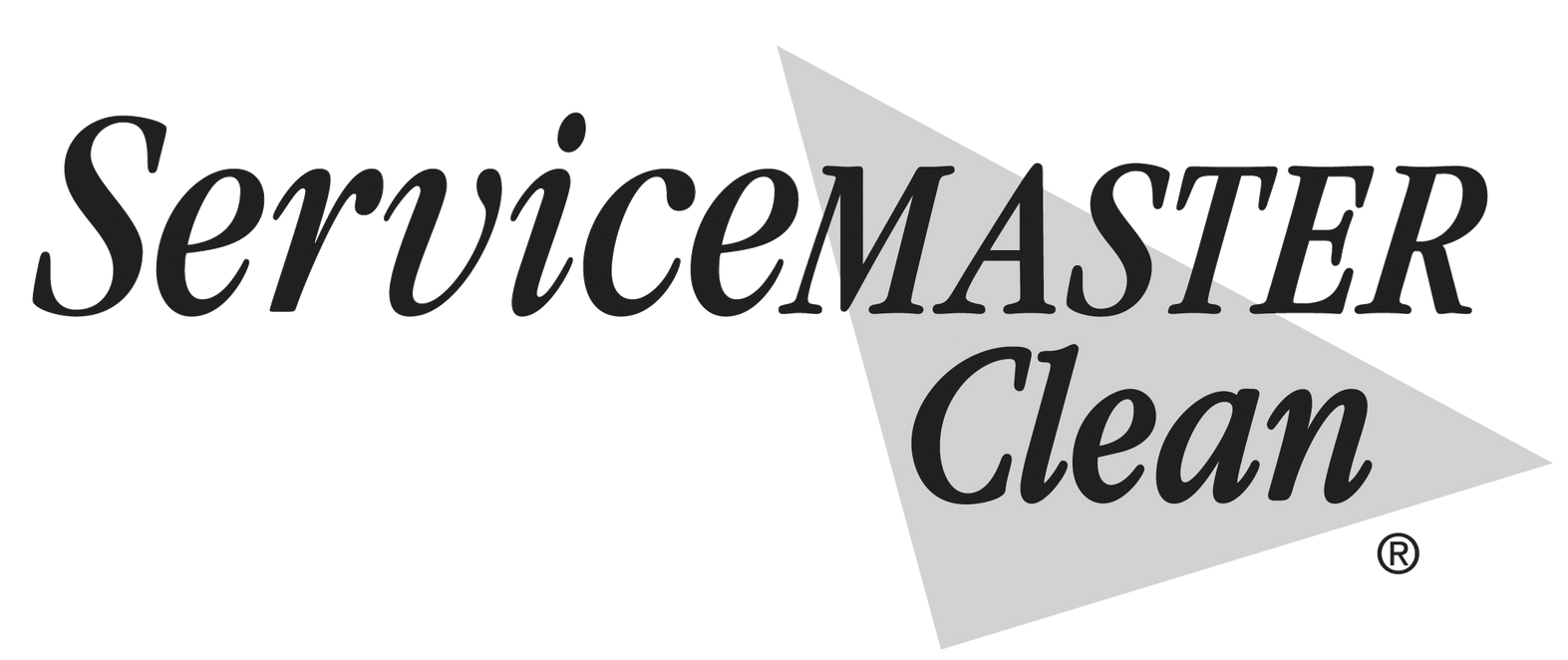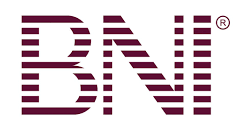Certifications & Affiliations
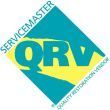
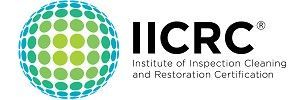

Institute of Inspection Cleaning and Restoration Certifications in:
Fire & Smoke Restoration
Water Damage Restoration
Applied Microbial Remediation
Applied Structural Drying
Odor Control
Dutchess County Regional Chamber of Commerce
EPA Lead Safe Certified Renovator
IICRC (Institute of Inspection Cleaning and Restoration Certification): The IICRC standards serve to develop common, industry-accepted language and terminology that enables us to more universally discuss concepts and procedures regarding cleaning, inspection and restoration. The IICRC is an American National Standards Institute (ANSI) member and accredited standards developer. The IICRC serves as the secretariat for several ANSI committees that develop cleaning and restoration related standards.
Certification Definitions in Layman Terms:
Fire and Smoke Restoration: After a fire, proper and immediate response is important in order to prevent permanent damage or discoloration from soot residue. Smoke from a fire will affect a large area of the structure – even areas that were not near the location of the loss. It is important to have a trained and certified IICRC professional come in and examine the loss so your home or office can be restored to a pre-loss condition. The IICRC trains professionals on how to properly evaluate and clean soot, eliminate odor and safety procedures when entering a damaged structure from a fire.
Water Damage Restoration: Water can penetrate into structural cavities creating trapped pockets of saturation. If undetected, these areas will continue to cause damage. The damage, at a minimum, will cause odors but greater damage could cause materials to delaminate, shrink or split which results in more costly repairs. If water damage has been present too long, mold will occur. The detection of water in these areas can often only be discovered with sophisticated moisture detection meters. The IICRC trains professionals on effects and techniques for drying of structures, how to identify moisture sources, evaluate mold growth (visible or suspected), contain damage, remove contamination and dry materials. This training provides background to understand the procedures necessary to deal with water losses, sewer backflows, and contamination such as mold.
Applied Microbial Remediation: (AKA Mold and Sewage Remediation) Mold becomes a problem inside a home or business when there’s excessive humidity or moisture for an extended period of time. This can originate from sudden water releases (burst pipe or large spill) or from chronic conditions (leaking roof or plumbing). Even high humidity or warm, moist air condensing on cool surfaces can trigger mold problems (often seen in attics and basements). Sewage is one of the most dangerous substances to enter homes or buildings. It contains fungi, bacteria and viruses, many of which are disease-causing. The IICRC trains professionals mold and sewage remediation techniques as well as health and safety techniques. This includes how to identify moisture sources, evaluate mold growth (visible or suspected), contain damage to the smallest area possible, physically remove contamination, dry materials to ensure that mold will not return, and perform or recommend procedures for returning property to a pre-loss condition.
NYS Licensed Mold Remediation Contractor: New York state recently passed a legislation outlining new policies and procedures for professionals who deal with mold. A professional can no longer perform both the assessment/inspection and remediation of a mold loss. To read the new legislation, go to https://dol.ny.gov/mold-program. The most important recommendation we offer to customers is to make sure that a professional is both licensed and IICRC certified.
Applied Structural Drying: There are many methods for drying structural components and contents. “In-place” drying is sometimes a far more safe and practical method of drying. In recent years, drying technology (extraction, evaporation, dehumidification), along with better understanding of psychrometry (science of drying), has advanced in major ways resulting in better techniques and procedures. The IICRC trains professionals the effective, efficient and timely drying of water-damaged structures and contents.
Odor Control: Odor in homes and buildings arises from many sources that may include pet urine, disaster contaminates, moisture problems or just plain soil. Routine cleaning automatically removes the sources of general soiling odors. We are also trained and experienced in dealing with carpet-related odor. We have detection tools, specialized products and equipment to deal with odors of all types and kinds. The IICRC trains professional’s olfaction and odor, odor sources, detection process, theory of odor control, equipment, chemical options and applications. The professionals also learn how to address odors caused from biological sources such as decomposition, urine contamination, mold, combustion sources such as fire and smoke damage, and chemical sources such as fuel oil spills or volatile organic chemicals.
Get In Touch
3 Charles Street, Suite 1
Pleasant Valley NY 12569
HOW CAN WE HELP YOU
We will get back to you as soon as possible.
Please try again later.
Affiliations
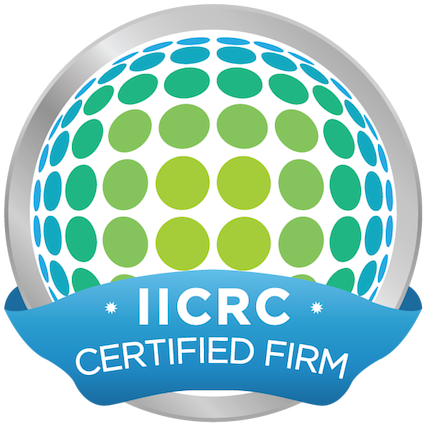

GET SOCIAL WITH US
